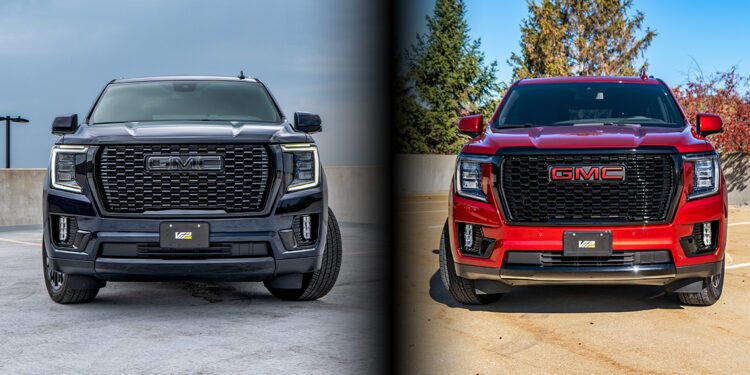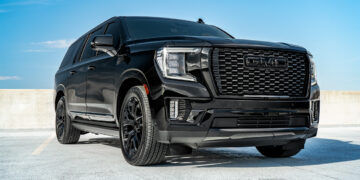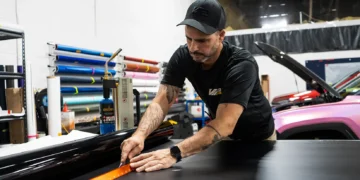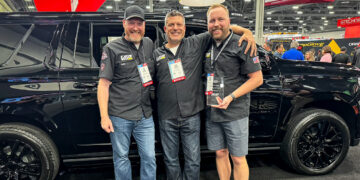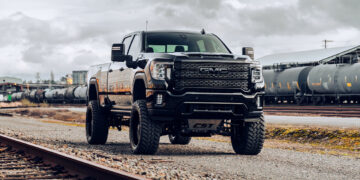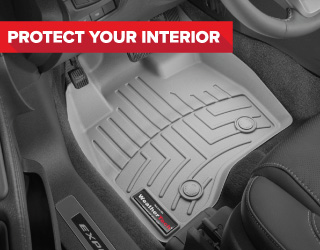Difficult economic conditions result in a change of buying habits. As buying habits change there are a noticeable shifts within industries and the automotive market is no exception. The release of new vehicle models, especially E-vehicles, and changes to previous product offerings give us an indicator of what drivers desire. So, what are some of the factors driving these needs and how is this impacting other areas like auto accessories?
There is a mix of issues that impact product offerings. It’s important to consider both physical manufacturing hurdles, and daily life influences on buyers that create new expectations from their vehicles.
1. Supply Chain Issues and Chip Shortages
Covid-19 had a harsh impact on the world’s supply chain. It caused an extended period of recovery and left many auto manufacturers with cars waiting to be completed. The main part holding back vehicles is their computer chips, amongst other materials. Modern cars run on a ton of coding which has immense benefits, but requires specific technology to run. This is causing sales lots to empty out because they lack new inventory. Less vehicles in the hands of drivers means less vehicles to supply accessories and services for. This scarcity also increases demand for the cars dealers do have.
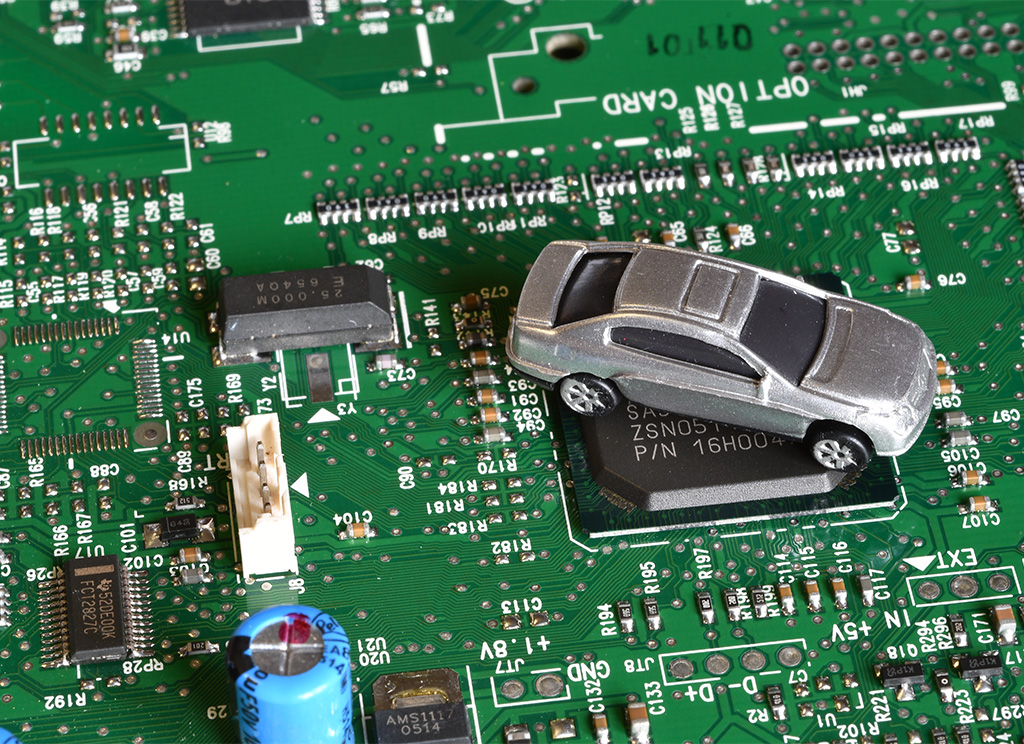
2. Higher Cost of Vehicles
The automotive market has seen record breaking profits from used vehicles, and a great challenge to supply enough new vehicles. This has driven prices up to an average sale of $45,927 according to KBB. This creates some conflict for an increasingly budgeted middle class in need of vehicles. With prices inflated 10% or more above MSRP individuals and families are spending more time thinking about what their money will get them. So, the 74% of individuals from a University of Michigan study thinking “it’s a bad time to buy a car” are correct. Does that mean accessories take a backseat? Not necessarily, demand for auto accessories has continued to grow.
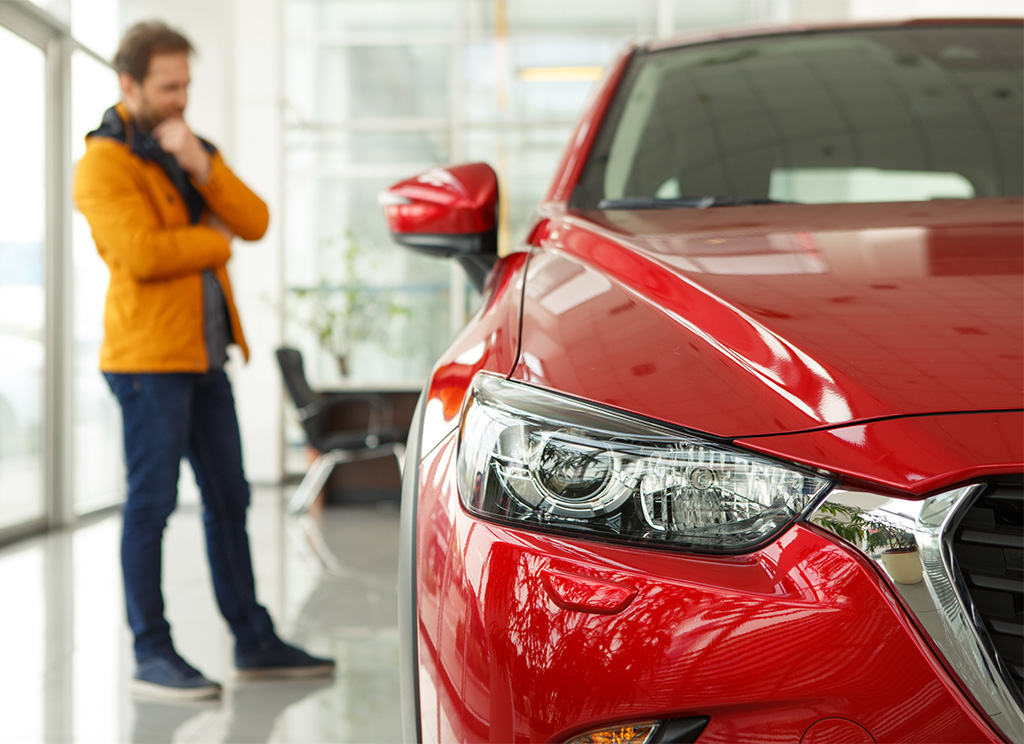
For the most part people are sticking with accessories that offer obvious practical benefits. Other times they select mods that have lower costs such as window tints. It would seem there is concern of the looming risk of continued economic uncertainty making vehicle payments a bigger point of stress. To put it simply people are having trouble with finances and have difficulty affording vehicles, trucks and SUVs in particular. Therefore they are being more selective in both their vehicles and accessories.
Trucks and SUVs have reigned supreme in the U.S. for a long time. They are also two of the most heavily modified classes of vehicles thanks to off-road accessories. However, their larger size and higher performing engines drive up cost. Now we are starting to see a decline in truck and SUV sales. The decline for these categories doesn’t mean they will go away! There will always be a need for capable pickup trucks and exciting off-road vehicles. Hope can be seen in the emphasis Ford has put on their new generation of Broncos. Their incredible modularity allows for all kinds of accessories and they have worked to improve its fuel economy to better meet buyer’s needs.
3. Rising Interest Rates and Inflation
An inevitable threat to auto sales is the rising interest rates being used to combat inflation. With vehicle prices already at an all time high the addition of larger interest rates further deters buyer’s from purchasing higher cost vehicles. Having a larger interest payment and a greater loan means a bigger dent in the buyers pocket. For those who purchase a new vehicle they are left having to decide between the excitement of altering it or taking care of the essentials. People with wise spending habits will choose their daily essentials and save what they can for future choices.
4. Fuel Economy
One of the biggest topics of 2022 is the price of gas. Gas prices are heavily influenced by political action, so Russia’s war with Ukraine has cut off a large supply of oil and gas due to sanctions. Now gas prices are over 40% greater than they were last year with a national average of $4.17 from Forbes’s sources. It’s no surprise people are starting to feel the impact of these higher prices when filling up their tank once or twice a week. Suddenly a sedan or a compact vehicle as a daily driver sounds a lot more appealing. After all what good is your vehicle if you can’t even afford to drive it to work? Let alone go somewhere for fun or take a road trip like in all the car commercials.

SEMA states that despite these issues 80% of Americans still plan to go on a trip for the summer of 2022 regardless of gas prices. It’s not difficult to imagine that given time there would be less road trips or time for recreation if gas and vehicle prices continue to rise. This would lead to a reduction in demand for related equipment and accessories. Contrary to this thought there has been a continued growth in off-road accessories of about 6.3% from SEMA’s findings. Though with continued economic hardship and higher vehicle prices along with other inflated goods it’s a safe bet to assume this growth may slow.
5. Growing Popularity of Compact Trucks
The product offering and the marketing are changing to meet buyer habits, and you can tell if you look at Ford. Notably, Ford has been showing younger individuals in their Maverick media in the ages of 23-36. This age range makes up the younger millennials and the start of gen-z. It seems they are focusing heavier on tailgating, adventurous experiences, and high value features.

The compact pickup truck class has shown loads of promise evident by the large wait list for Ford’s Maverick model after its release. The Maverick and Hyundai Santa Cruz are the first real vehicles in this class of compact trucks. Although vehicles such as the Honda Ridgeline and Nissan Frontier could be easily adjusted to compete. They are able to challenge mid and full-size trucks since they have a much lower price point and greater fuel economy. Both of which help to alleviate some of the stress from the issues previously mentioned. They still maintain a high level of utility and comfort blending the best parts of a compact SUV and truck in one vehicle.
New types of vehicles means new accessories for them which in turn opens up more market potential. Since drivers may feel they are saving money on the vehicle they could see more of an opportunity to seek accessories that better adapt it to their lifestyle. The biggest down side to the compact trucks is that their towing and weight capacity is greatly lower than there larger cousins. Even still they boast enough torque and power to haul a small boat or travel trailer which is really all that buyers for this vehicle could want.

These downsides of the Maverick also create potential for after market additions. Improving the look and capability of this truck can be done with the right auto accessories. For instance 1.5″ lift kits can be used to boost the trucks clearance and height making it appear more commanding without a disruption to handling. The lift and new tires can still impact fuel consumption, but it’s MPG is still on par with compact SUVs.
6. Lower Birth Rates
With birth rates on the decline there are more households with less children. There are also more households of single people and couples without kids entirely, and it’s making an impact on our society. According to the CDC, the US birth rate fell by 4% from 2019 to 2020 which is the sharpest ever. The last time the birth rate dropped sharply was the Great Recession. In periods of economic instability people tend to hold off on having children because kids are expensive. So, why does this matter to the auto industry?
Well in the short term it means less of a necessity for space to hold extra passengers and their belongings. SUV’s are nice, but if people can save money for less space and better fuel economy they will do it when push comes to shove. This becomes increasingly true if conditions continue to grow or maintain in difficulty.

In the long term a lower number of people leads to a lower number of employees. This issue is occurring in a period of time when the auto industry is already struggling to find qualified employees, and just employees in general! The rising value in labor could mean an increase in prices for vehicles and accessories balancing out wage increases. This isn’t unique to the auto industry and will have a huge effect on the U.S. workforce if unaddressed.
7. Green Mentality
Many young Americans have increased their focus on green issues such as climate change and clean energy. The majority of which being 18-29 years of age followed by the 30-49 age group. This is extremely impactful because this age range is the current and next generation of majority car buyers. These green beliefs are being met with electric vehicles and reduced fuel consumption. If electric cars become cheaper and more infrastructure is created to power them a new age of consumers are going to be all over them.
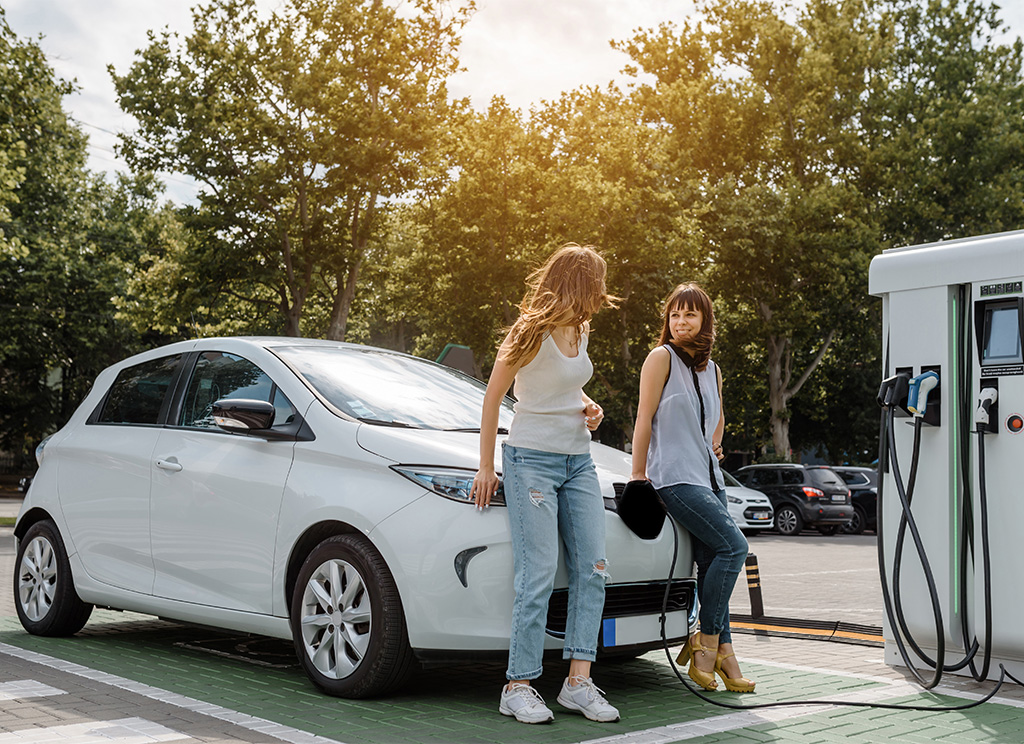
This green mentality could put off-roading accessories, which have been a huge part of the aftermarket, at risk of decreased sales. Large lifts and off-road tires impact the fuel economy of vehicles and if gas prices remain high or increase further the market of people who can afford them will start to dwindle. There aren’t a lot of people lifting electric trucks or SUVs yet…
Companies who invest in creating accessories for these new electric vehicles will be first movers in a category with a lot of potential. Timing is the difficult part and recognizing when exactly conditions are moving toward a boom in the growth of these vehicles. The demand is there, but high prices and not enough infrastructure are holding these vehicles back.
8. The Importance of Value
Every generation has values that differ in ways from the one before. Now that Millennials have secured most of the buying power their ideals dictate the majority of buying decisions, but Gen-z is entering the work force right behind them. Having lived in a period of time with a wealth of information and developing technologies Millennials are well educated, but keep in mind Gen-Z grew up with it. Not only that, Gen-Z have been raised through multiple periods of economic crisis and seen how it has impacted their daily lives. This has lead to a strong emphasis on the value of money and the freedom to enjoy life.

Manufacturers of vehicles and accessories need to have an even more clear value proposition. It won’t be as easy to sell high cost vehicles when consumers are already doing the math on gas prices, upkeep, and loan costs compared to that they actually need the most. Unlike millennials who value luxury and pay more for it, Gen-z tends to be concerned with saving their money to experience more not just the best available. It’s also critical for manufacturers, dealers, and aftermarket companies to increase their online presence and user shopping experience.
Final Thoughts
The auto industry like many others is adapting to combat a difficult time period for businesses. What do you think of these issues and where the trends are leading? Will the industry pricing continue past what buyers are willing or able to pay? Are manufacturers working toward creating product offerings that fit the needs of next generation consumers and their buying habits? I’m sure things will improve given enough time, but current trends appear to increase pressure for the moment.


